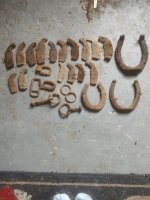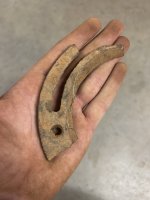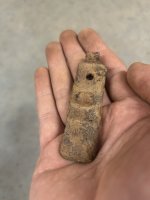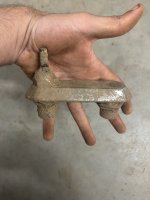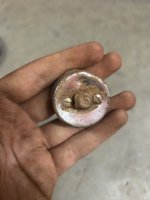BrettCo124
Hero Member
- Apr 29, 2009
- 901
- 937
- Detector(s) used
- Minelab Safari, Tesoro Sand Shark, Bazooka Gold Trap Mini, Gold Rush Nugget Bucket, Garrett Supersluice Gold Pans
- Primary Interest:
- All Treasure Hunting
Hey all,
I know there won’t be any easy answer to this, but how can I determine the age of my finds? People seem to see a point and immediately know the time period. I’d like to start learning how to do that too.
Is there a few steps I can take to find out? I know one of the ways is to know which tribe was around the area I would be searching, but I still wonder how to identify and be 100 percent sure that it’s from that time period. Can I go strictly by shape? Is there a guide that I can keep on me that can tell me based on shape alone?
Thanks all.
I know there won’t be any easy answer to this, but how can I determine the age of my finds? People seem to see a point and immediately know the time period. I’d like to start learning how to do that too.
Is there a few steps I can take to find out? I know one of the ways is to know which tribe was around the area I would be searching, but I still wonder how to identify and be 100 percent sure that it’s from that time period. Can I go strictly by shape? Is there a guide that I can keep on me that can tell me based on shape alone?
Thanks all.
Amazon Forum Fav 👍
Upvote
0




